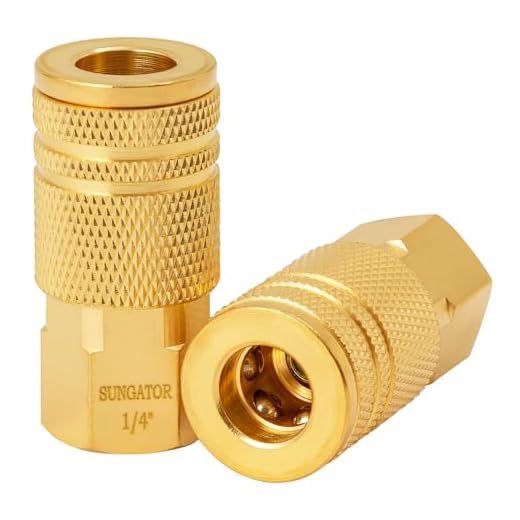



If you’re facing a decrease in force while using your cleaning device, the first step is to inspect the nozzle. Clogs or wear can significantly impact performance. Ensure the nozzle is clean and free of debris to maintain optimal output. Replacing a damaged nozzle can restore lost strength.
Next, examine the hose for leaks or kinks. Even small holes can cause a substantial drop in effectiveness. A thorough inspection is vital; tight bends can also restrict the flow. If issues are found, repairing or replacing the hose may be necessary. A straight, undamaged hose is critical for maintaining consistent functionality.
Furthermore, check the inlet filter for blockages. This component plays a crucial role in maintaining water flow. If it’s dirty, replacing or cleaning it can remedy performance issues. Regular maintenance of the filter will ensure that your equipment operates efficiently.
Lastly, evaluate the pump’s condition. Wear and tear over time can greatly influence operational strength. If the pump is faulty, consider a complete replacement or refurbishment. Identifying these issues promptly can save you time and ensure your cleaning tasks are executed effectively.
Possible Causes of Low Output in Your Cleaning Equipment
Check the water source. Ensure the inlet is supplying a consistent flow. A kink in the hose or a clogged filter can greatly diminish performance.
- Inspect the hose for twists or bends that can impede water flow.
- Clear out any debris or obstructions from the inlet filter.
Examine the spray nozzle. A damaged or worn nozzle can lead to uneven distribution of water. Cleaning or replacing it often resolves the issue.
- Make certain the nozzle is free from blockages.
- Consider using a different nozzle size that suits your specific task.
Look at the connections. Loose or damaged fittings can create air leaks, which significantly impacts the force of the liquid.
- Tighten all connections securely, ensuring no gaps exist.
- Replace any worn-out seals to create a tight seal.
Examine the pump. Many issues stem from the pump’s internal components being worn or damaged.
- Listen for any unusual noises while running, indicating possible internal failure.
- Regularly check oil levels and ensure they are within manufacturer specifications.
Investigate the pressure regulation system. A malfunctioning regulator may spring leaks or fail to maintain consistent output.
- Replace any faulty pressure switches or valves.
- Inspect hoses leading to and from the regulator for any signs of wear or damage.
Consider environmental factors. Using the equipment in high temperature can also influence efficiency. Ensure you operate within the recommended temperature range.
- Allow the machine to cool down during extended use to maintain optimal performance.
- Avoid running the equipment on excessively hot surfaces.
Lastly, keep an eye on maintenance practices. Regular upkeep, such as cleaning filters and checking hoses, can prevent many common issues.
- Establish a routine maintenance schedule.
- Follow the manufacturer’s guidelines for cleaning and servicing components.
Identifying Common Causes of Pressure Loss
Check for leaks in the hoses and connections first. A small crack or loose fitting can drastically reduce the force of the water stream. Examine the entire length of the hose for wear and tear.
Clogged Nozzle
A clogged nozzle can greatly hinder performance. Inspect and clean the nozzle regularly to ensure an unobstructed flow. A simple needle can help remove debris lodged inside.
Water Supply Issues
Ensure your water source is adequate. Insufficient supply or low water pressure from the tap can compromise the unit’s effectiveness. Verify that the inlet filter is clean and not blocked.
| Cause | Description | Solution |
|---|---|---|
| Hose Leaks | Cracks or loose connections | Inspect and tighten connections or replace the hose |
| Clogged Nozzle | Debris obstructing flow | Clean with a needle or small wire |
| Inadequate Water Supply | Low supply from the source | Check the tap and inlet filter |
Additionally, ensure that the motor operates smoothly. If it struggles or stops frequently, internal components may require inspection and maintenance. Regular checks can prevent minor issues from escalating into significant performance loss.
Checking for Blockages in the Hose and Nozzle
First, inspect the entire length of the hose for any kinks, twists, or visible damage. Such issues can obstruct the flow of water and significantly diminish performance. If you identify any problems, replace the hose before proceeding.
Next, detach the nozzle from the lance and examine it closely. Look for any debris or mineral build-up that might restrict water flow. A simple soak in vinegar can help dissolve mineral deposits. After soaking, use a small brush or compressed air to clear any blockages thoroughly.
Reconnect the nozzle and test the system. If you still encounter issues, consider using a nozzle cleaner, often included in your equipment kit. Additionally, ensure that the nozzle size is appropriate for your machine to maintain optimal function.
Regular maintenance is key. After each use, flush the hose and nozzle with clean water, and store them properly to prevent blockages in the future. By keeping these components clear, you can maintain consistent operation and avoid frustrating interruptions during cleaning tasks.
Examining the Water Supply for Inadequacies
First, ensure your water source has adequate flow. Connect a flow meter to measure the gallons per minute (GPM). Most machines require between 2 to 5 GPM for optimal performance. If your supply falls short, consider upgrading your hose diameter or relocating closer to the source.
Next, check the temperature of the water. Cold water may hinder performance in specific models designed for hot water use. Ensure your temperature aligns with the manufacturer’s specifications to prevent any inefficiencies.
Evaluating Supply Connections
Inspect all connections, including the tap and hose fittings. A poorly sealed or damaged connection can lead to significant water loss. Ensure everything is tightly connected and free from leaks. If you encounter wear, replace the faulty parts without delay.
Assessing Water Quality
Consider the quality of your water. High mineral content or debris can clog screens and filters. Regularly clean or replace these to maintain a consistent flow. I recommend installing a sediment filter when using untreated water to avoid future complications.
Inspecting the Pump for Damage or Wear
Begin with a thorough visual examination of the pump. Check for any signs of leaks, corrosion, or cracks. Pay close attention to the seals and gaskets, as these components are crucial for maintaining proper functionality. If any part appears damaged, it is essential to replace it to prevent further issues.
Next, listen for unusual noises when the unit operates. A grinding or rattling sound can indicate internal wear, possibly requiring a rebuild or replacement of the pump. Also, inspect for signs of overheating, which can cause seals to warp or fail, leading to reduced efficiency.
Test the intake and output valves for proper functioning. Ensure they open and close smoothly. Blockages or failures in these valves can substantially affect the pressure performance. If necessary, use a lubricant explicitly designed for pump components to facilitate their movement.
If performance issues persist after these checks, consider disassembling the pump for a more in-depth inspection. Look for worn-out bearings and misalignment that could hinder function. Proper maintenance involves regularly checking these parts; doing so can significantly extend the life of your equipment.
Regular servicing is critical. Follow the manufacturer’s recommendations for oil changes and maintenance routines. Keeping the pump in optimal condition is paramount for sustained high performance.
Verifying the Connections and Seals for Leaks
Begin by inspecting all connections between the hose, trigger gun, and the unit itself. Any loose fittings can lead to significant fluid loss, so ensure each connection is tightly secured. A quick visual check can help identify any visible gaps or misalignments that might be contributing to the decline in output.
Examining Hose Fittings
Focus on the hose fittings. Use your hands to feel for any moisture around the joints. If any wetness is detected, this indicates a leak. Tighten any loose connections and consider replacing worn washers to improve sealing. Rubber seals should be checked for cracks or deterioration, as these are common culprits of leaks.
Assessing Seals at the Trigger Gun
Next, turn your attention to the trigger gun. Often, seals within the gun can wear down over time, which may compromise pressure levels. Disassemble the trigger gun carefully, and inspect O-rings and seals for wear or damage. If you notice any degraded parts, it’s advisable to replace them immediately for optimal operation.
Assessing the Filter for Clogs and Restrictions
The filter should be examined regularly to prevent flow reduction. A clogged filter can lead to significant limitations in water supply, impacting overall performance. Make it a habit to check the filter when experiencing diminished output from your cleaning device.
Steps to Inspect the Filter
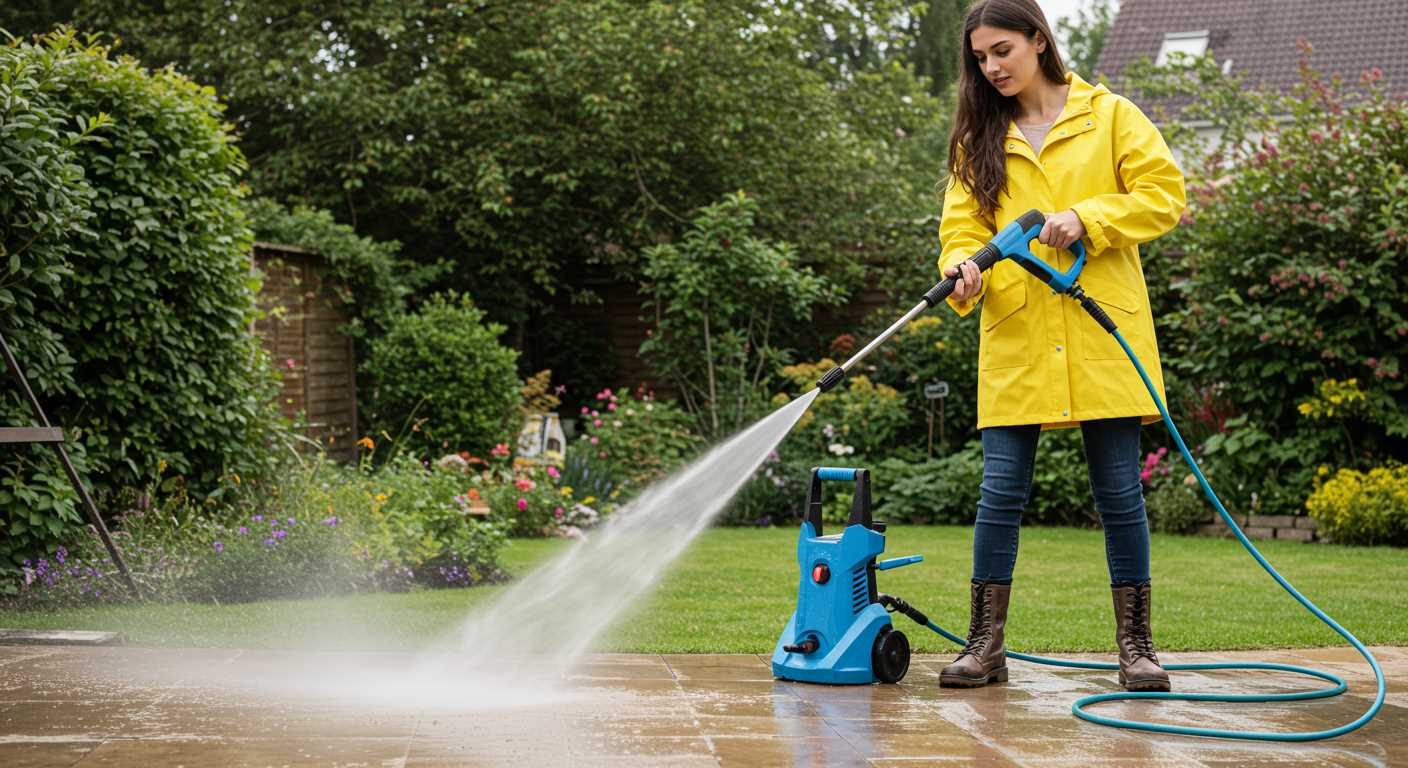
- Turn off the unit and disconnect from the water source to ensure safety.
- Locate the filter, usually found at the inlet where the hose connects.
- Remove the filter carefully, taking note of its orientation for reinstallation.
- Inspect for debris, dirt, or mineral build-up that could restrict flow.
- Rinse the filter under clean water to remove any particles. A soft brush can aid in dislodging stubborn contaminants.
- Reinstall the filter, ensuring it is positioned correctly to avoid leaks.
Signs of a Blocked Filter
- Reduced water flow even when the hose is clear.
- Unusual noise from the pump, suggesting strain.
- Frequent cycling of the motor, indicating insufficient water intake.
Maintaining a clean filter ensures optimal operation and extends the life of the apparatus. Regular upkeep will enhance your cleaning tasks and prevent avoidable issues over time.
Understanding the Impact of Different Nozzle Types
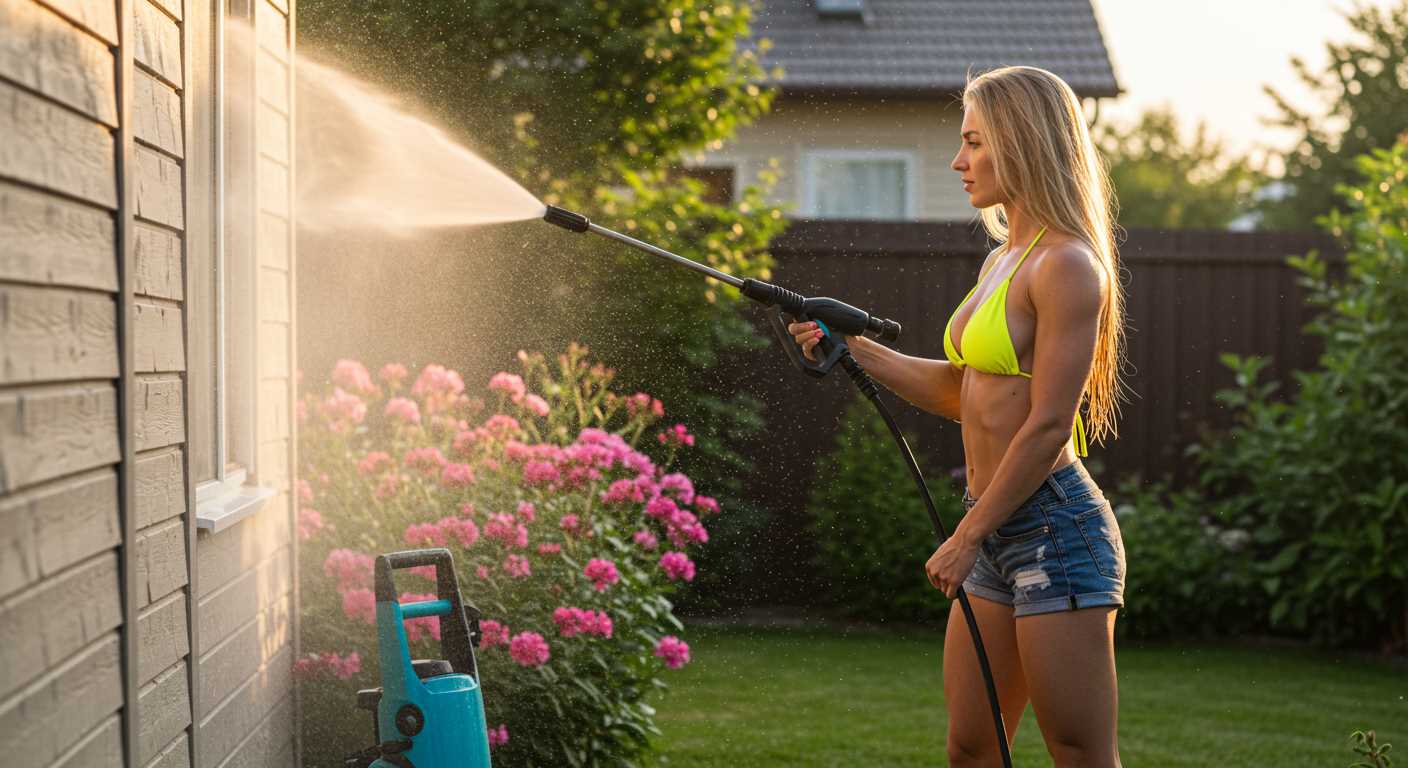
Selecting the right nozzle is fundamental in achieving optimal performance from your cleaning machine. Each nozzle type delivers a varying spray pattern and pressure, directly affecting the effectiveness of cleaning tasks.
For example, the turbo nozzle generates a spinning jet of water, offering a concentrated blast that can tackle stubborn dirt and grime more effectively than a standard nozzle. This is particularly useful on hard surfaces like concrete.
A wide-angle nozzle disperses water over a larger area, ideal for rinsing surfaces or working on delicate items. However, using this type can lead to reduced cleaning force, especially on tough stains.
Moreover, nozzles with lower degrees, such as 0° or 15°, focus the stream tightly, allowing for high-pressure cleaning but can risk damaging softer surfaces if not used carefully. On the other hand, higher degree nozzles, like 25° or 40°, permit a gentler approach, ensuring safety while maintaining reasonable cleaning efficiency.
It’s crucial to match your nozzle to the cleaning task at hand. Switching to a higher or lower pressure nozzle than needed can lead to subpar results and might also contribute to the decline of optimal operational capabilities.
Regular examination of your nozzles for clogs is equally important. Mineral deposits and debris can obstruct flow, diminishing the effectiveness of any cleaning equipment. Keeping these components clean ensures sustained performance.
Regular Maintenance Practices to Prevent Pressure Loss
Cleaning and inspecting the various components of your equipment regularly is key. Start with checking the hoses for any wear or cracks. Even small damages can lead to significant leaks, reducing output.
Service the Pump
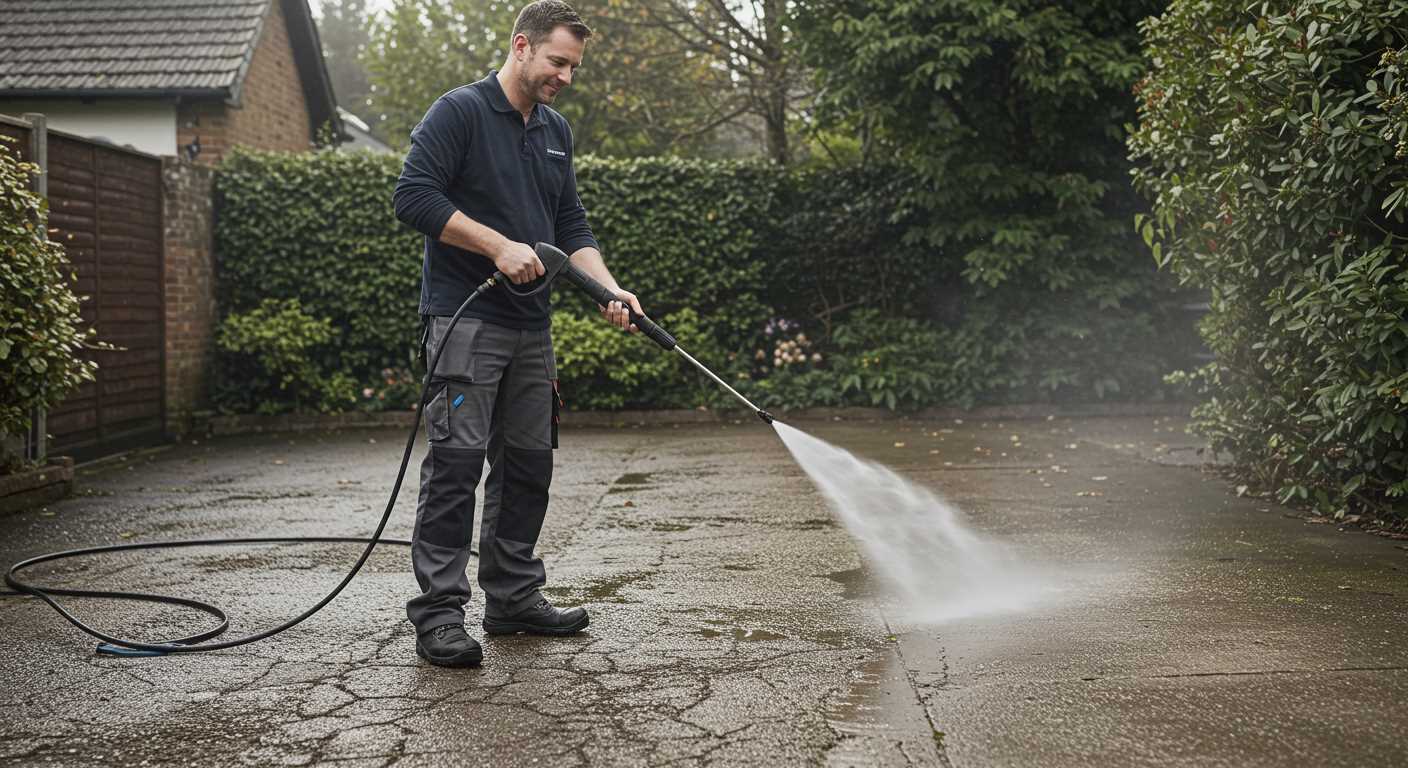
Ensure that the pump is well-lubricated and free from any debris. Over time, seals can wear and lead to leaks. Every six months, I recommend replacing the oil in the pump and checking for signs of wear on the internal components.
Minimal Clog Prevention
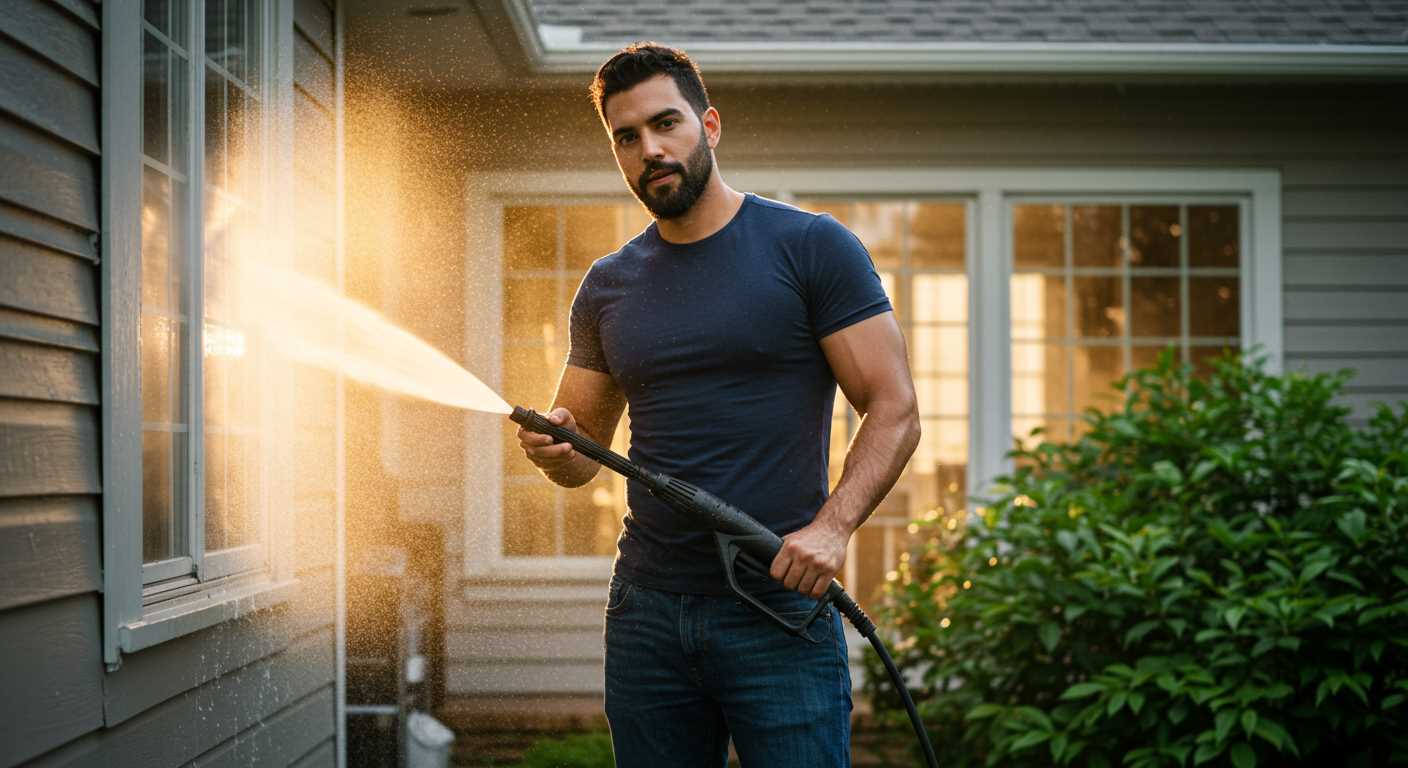
Cleaning the filters is a straightforward task that has a big impact. A clogged filter restricts water flow and results in a decline in performance. It’s wise to check these filters routinely, particularly after using the unit outdoors where dirt and grit are prevalent.
Lastly, ensure connections between hoses and nozzles are tight. Loose fittings can create air leaks. Consistent maintenance can help prolong the lifespan of your cleaner and keep it performing at its best.


